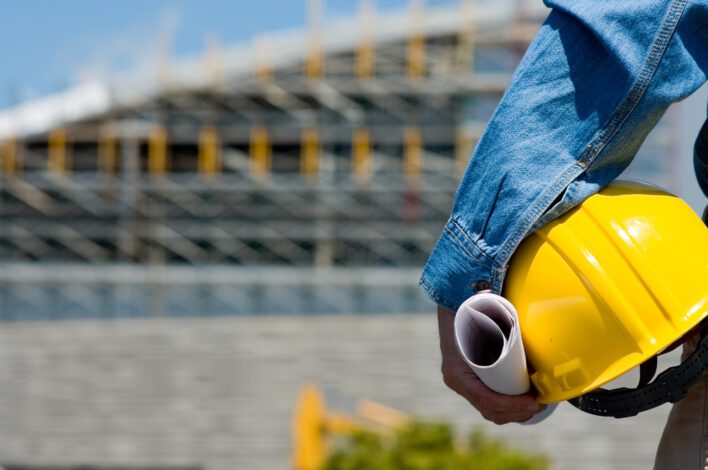Total U.S. engineering and construction spending for 2025 is expected to decline 1% from 2024 levels, the first annual decline in total industry spending in 14 years. Much of this can be attributed to economic challenges, which include elevated interest rates, a softening labor market and uncertainty around federal policies.
However, the headline number doesn’t tell the full story, as outcomes differ across major sectors. FMI forecasts a 9% decline in multifamily construction and a 5% drop in manufacturing spending, which will be offset by infrastructure investment, including a 12% increase in sewage and waste disposal and a 7% rise in water supply spending.
Key takeaways from FMI’s Q4 Outlook include:
- Residential markets are where the impact of high borrowing costs and affordability constraints are most visible. Single-family construction spending is projected to decline 3% to $426 billion as payment-to-income ratios remain near record highs.
- Nonresidential buildings illustrate the uneven effects of shifting capital flows and structural change. Office spending is expected to increase 1% to $106 billion, but this masks a bifurcation: traditional office remains challenged by nearly 20% vacancy rates, while demand for data centers continues to surge.
- Infrastructure provides a counterweight with these investments being less sensitive to consumer demand and interest rates, creating dependable opportunities for contractors, engineers and financiers.
- Manufacturing construction spending is expected to decline in 2025 and 2026, driven by a slowdown in project starts last year, particularly tied to the timing of major semiconductor investments.
- Tariffs on imported steel, aluminum and specialty machinery are raising project costs. The Bureau of Labor Statistics reports that construction input prices for fabricated metals continued to rise through the third quarter, squeezing margins on heavy industrial projects. These cost pressures are disrupting and delaying some large-scale industrial work. Most semiconductor and battery plant construction remains underway, but later-phase plans are getting delayed.
Contractor backlogs remain strong, but sentiment is softening. FMI’s NRCI and CICI sentiment indexes show moderating activity, while the Architecture Billings Index below 50 signals slower design work and possibly fewer private projects likely to advance in 2026. Since construction spending lags design, this could mark the beginning of a private-sector slowdown. Firms should focus on executing existing work while targeting stable infrastructure and public-sector opportunities.
Economic growth continues but has cooled down. Real GDP grew 3.8% in Q2 after a small Q1 contraction, while consumption and hiring have slowed. Inflation is 3% year over year, and unemployment is edging higher. With these mixed signals, firms should reassess their pipelines, strengthen client relationships and prepare to pivot quickly as market conditions shift.
Brian Strawberry, a chief economist in the construction industry, leads FMI’s efforts in market sizing, forecasting, building products and construction material pricing, and consumption trends. He focuses on primary research methods, including the implementation and analysis of surveys and interviews. Brian also leads and manages various external market research engagements, and constructs tools and models for efficiently performing high-quality analyses.
